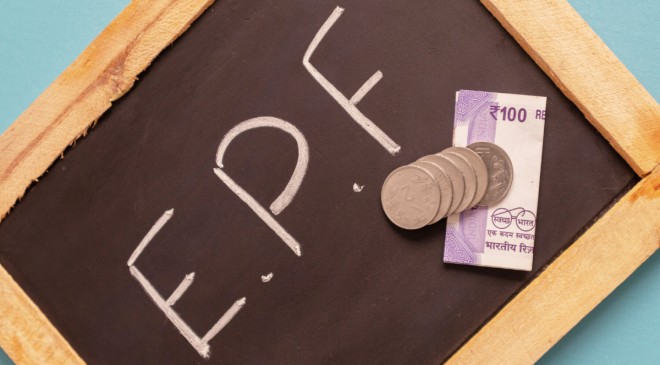The Employee Provident Fund (EPF) is a significant retirement savings plan in India, wherein the employer and employee contribute an equal amount towards the fund.
Read More: Home loan tax deductions: Self-occupied vs rented, the differences
This corpus is then payable to the employee upon retirement, affording a certain degree of financial security. Although the primary intent behind EPF is to create a secure retirement nest, some circumstances allow for premature withdrawal of accumulated savings.
Until you are employed, you cannot take out any money from your Provident Fund (PF) account, fully or partially. However, premature withdrawal from PF is conditional, and certain criteria must be fulfilled. Firstly, an individual should have been unemployed for two straight months before they can claim EPF withdrawal. There are exceptions to this rule; employees who leave their current job for cross-continental employment can claim their EPF even if unemployment is not for two months.
EPFO has declared an interest rate of 8.15 per cent for the FY 2022-23.
Less known is the provision for partial withdrawal, which one can avail under specific circumstances such as marriage, education, medical emergencies, purchase or construction of house, or home loan repayment.
Col. Rakesh Goyal (Retd.), Certified Financial Planner and Founder at Lets Invest Wisely, explains how much employees can withdraw money from their PF under the new regulations. Check the list of basic rules of EPF withdrawal.
Unemployment: Under the new regulations, PF account holders can withdraw money equivalent to three months of their basic salary plus dearness allowance or 75 per cent of the net balance in their EPF account, whichever is lower. Basically, if an individual has been unemployed for over a month, he can withdraw up to 75 per cent of the total accumulated amount. If the unemployment period stretches over two months, you can withdraw the remaining 25 per cent.
Read More: National Pension System: Government subscribers can now opt for NPS Tier II Default Scheme
Education: PF account holders can withdraw up to 50 per cent of their total contribution to the EPF to pay for their higher education or their children’s education costs after class 10. However, an employee can make this withdrawal only after contributing a minimum of seven years towards the EPF account.
Marriage: An account holder can withdraw up to 50 per cent of the employee’s share to pay for necessary expenses for his marriage or the marriage of the account holder’s son, daughter, brother, or sister. However, this provision is applicable only after completing seven years of PF contribution.
Specially-abled individuals: Specially-abled account holders can withdraw six months of basic wage and a dearness allowance or employee share with interest (whichever is less) to pay for the equipment cost. This facility has been introduced to ease the financial burden of purchasing expensive equipment.
Medical emergencies: An EPF account holder can withdraw the balance to pay for urgent medical treatments for certain diseases for themselves or immediate family members. The withdrawal amount is limited to six months of basic wage and dearness allowance, or the employee shares along with interest, whichever is less.
Existing debts: Individuals can withdraw 36 months of basic wage + dearness allowance or the total of employee and employer share along with interest to pay their home loan EMIs. This facility is available only after ten years of contribution towards the EPF account.
Purchase residential property or land plots: The PF withdrawal rules allow the account holder to withdraw money from the PF to purchase empty land or prefabricated houses.
Read More: What’s Inside Your Home Insurance Policy? Know Coverage & Review Checklist
Point to note
All premature or partial withdrawals are subject to tax if done before five years of continuous service. However, this rule has certain exceptions, such as employee termination due to business closure, illness, if the amount is less than Rs 50,000 or other reasons beyond the employee’s control.





































